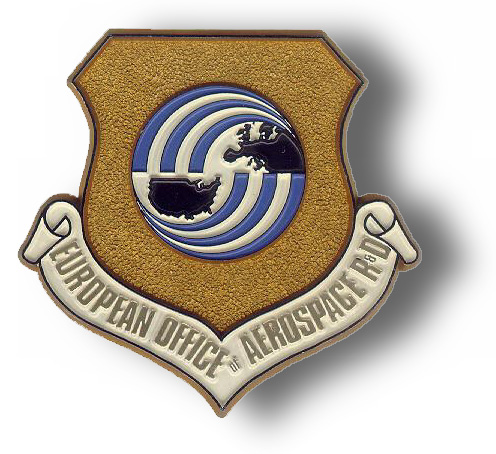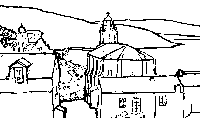






We wish to thank the following for their contribution to the success of this conference: European Office of Aerospace Research and Development of the USAF - National Science Foundation - Centre National de la Recherche Scientifique - Direction Générale de l'Armement - Office of Naval Research International Field Office - Institut National de Recherche en Informatique et Automatique
Wavelet And Multifractal Analysis 2004
Summer School
 Institut d'Études Scientifiques
de Cargèse
Institut d'Études Scientifiques
de Cargèse 
Corsica, France
July 19 - 31, 2004